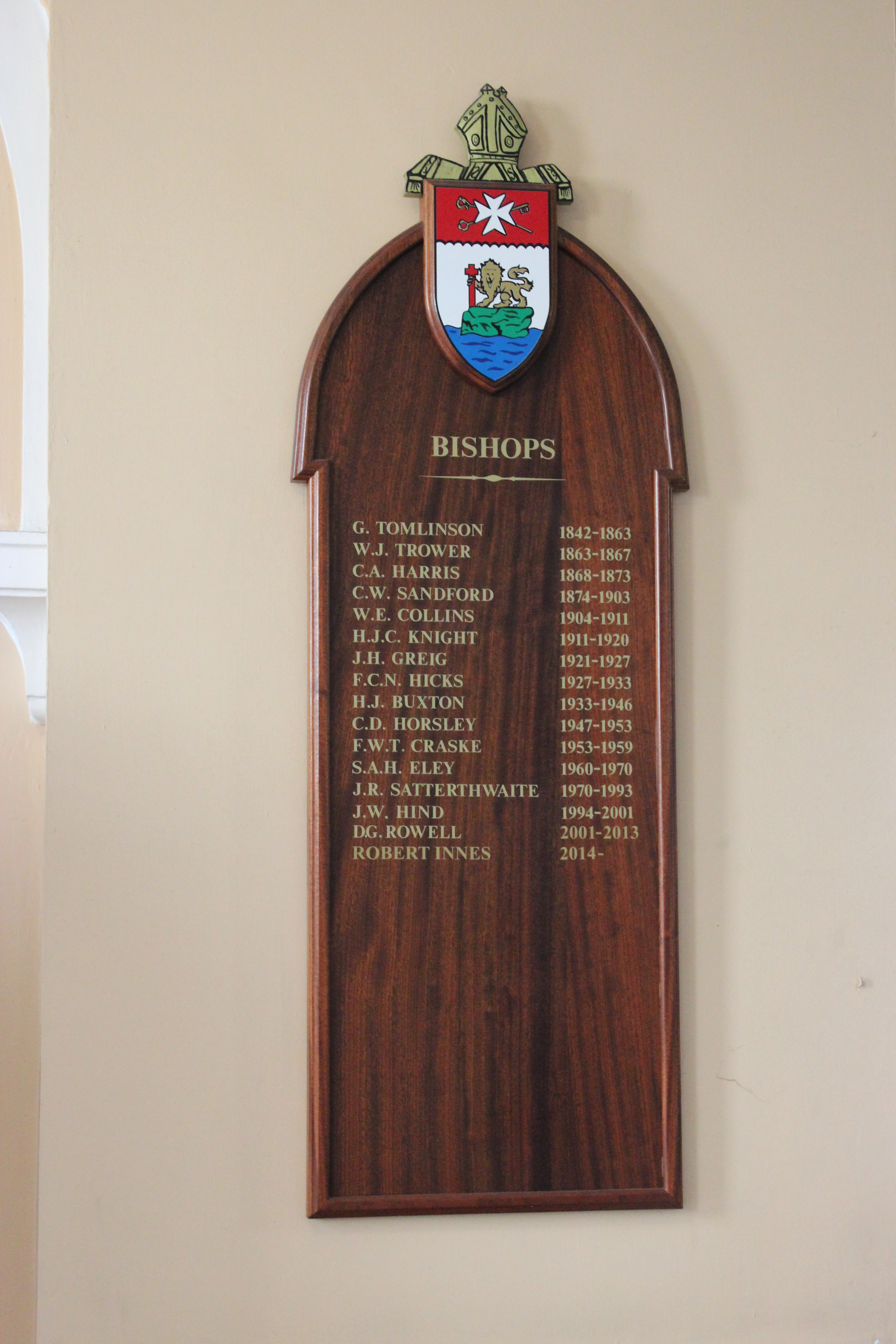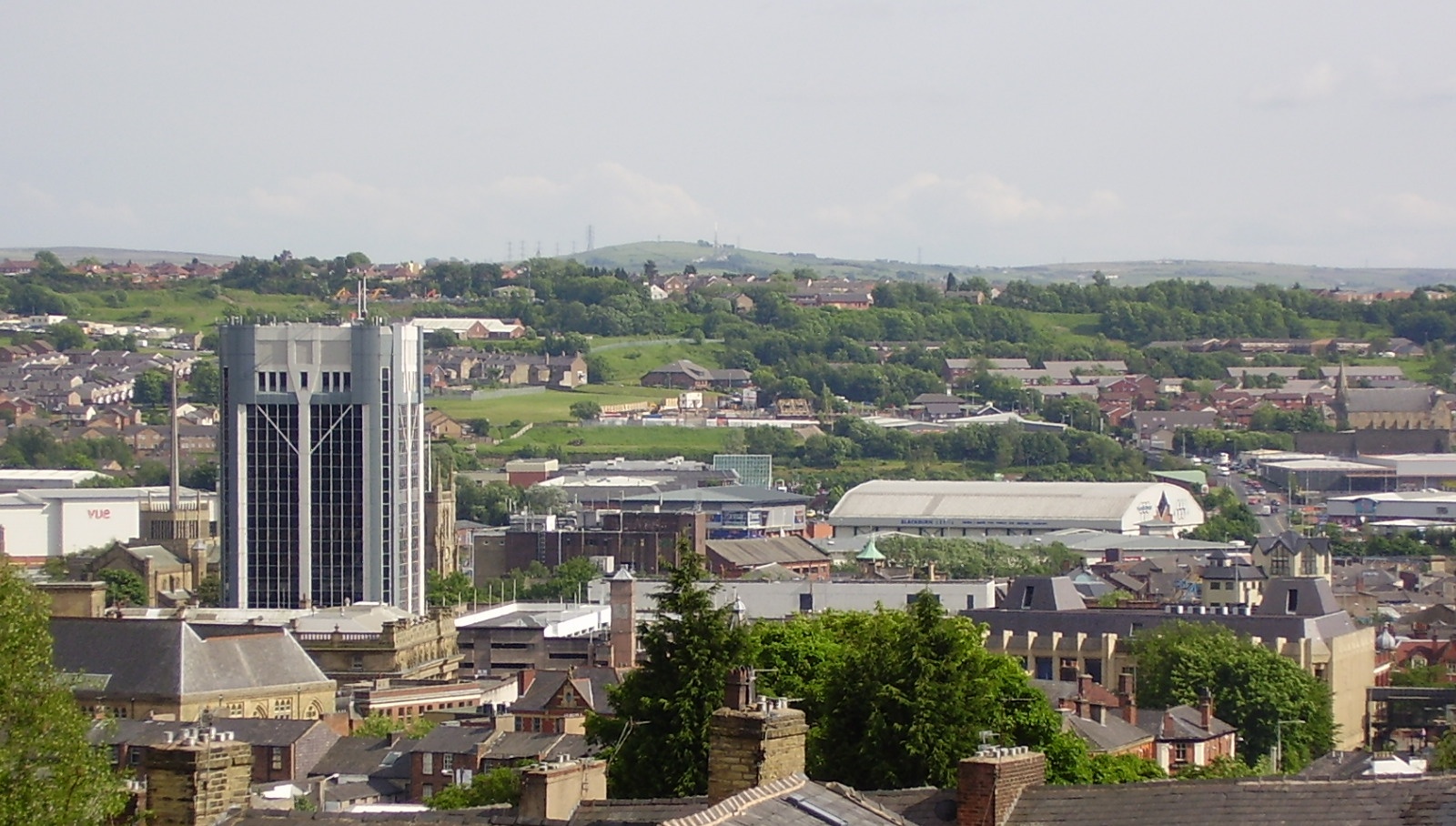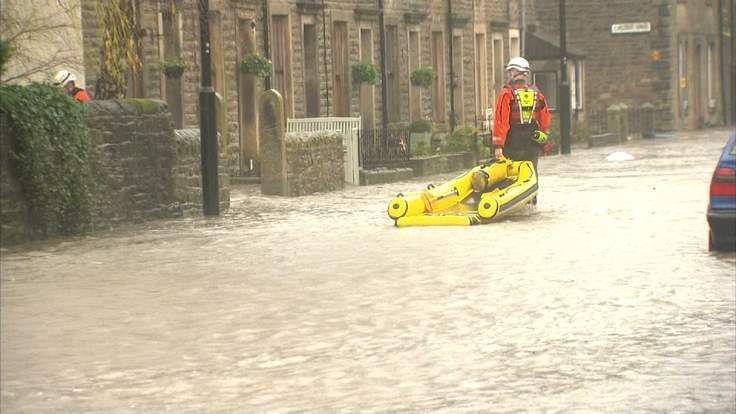|
Thomas Craske
Frederick William Thomas Craske (called Thomas and Tom; 11 May 190110 March 1971) was Bishop of Gibraltar from 1953 to 1959. Family and education Craske was born on 11 May 1901, son of William James Craske, and educated at King's College London. He therefore graduated Bachelor of Arts (BA) from the University of London and Associate of King's College (AKC) before embarking on an ecclesiastical career. He married Nellie, daughter of a Harold Wilson; they had two sons. Priestly ministry He was made deacon at Michaelmas 1927 (2 October) by Arthur Winnington-Ingram, Bishop of London, at St Paul's Cathedral (by letters dimissory from the Bishop of Manchester) and ordained priest the following Michaelmas (23 September 1928) by William Temple, Bishop of Manchester, at Manchester Cathedral. He served his title (curacy) at St Chrysostom's Church, Victoria Park (Manchester). He was on the staff of the Student Christian Movement of Great Britain from 1929 until 1932 ... [...More Info...] [...Related Items...] OR: [Wikipedia] [Google] [Baidu] |
Bishop In Europe
The Bishop of Gibraltar in Europe, commonly known as the Bishop in Europe, is the Ordinary (officer), ordinary of the Church of England's Diocese in Europe in the Province of Canterbury. Overview The diocese provides the ministry of Anglican chaplains, not only in the area of Gibraltar in British jurisdiction but also in all of mainland Europe, Morocco and the territory of the former Soviet Union. The Episcopal see, see is based in the Gibraltar, City of Gibraltar where the bishop's seat is located at the Cathedral of the Holy Trinity, Gibraltar, Cathedral Church of the Holy Trinity. Bishops in Europe John Hind (bishop of Chichester), John Hind (1993–2001) and Geoffrey Rowell (2001–2013) resided in England at Bishop's Lodge in Worth, Crawley, Worth, Crawley, West Sussex (close to Gatwick Airport, to facilitate ease of travel). Incumbent Robert Innes (bishop), Robert Innes (2014–present) is based in Waterloo, Belgium. The diocesan office and administrative team, with the ... [...More Info...] [...Related Items...] OR: [Wikipedia] [Google] [Baidu] |
Manchester Cathedral
Manchester Cathedral, formally the Cathedral and Collegiate Church of St Mary, St Denys and St George, in Manchester, England, is the mother church of the Anglican Diocese of Manchester, seat of the Bishop of Manchester and the city's parish church. It is on Victoria Street in Manchester city centre and is a grade I listed building. The former parish church was rebuilt in the Perpendicular Gothic style in the years following the foundation of the collegiate body in 1421. Then at the end of the 15th century, James Stanley (bishop), James Stanley II (warden 1485–1506 and later Bishop of Ely 1506–1515) was responsible for rebuilding the nave and collegiate choir with high clerestory windows; also commissioning the late-medieval wooden internal furnishings, including the pulpitum, choir stalls and the nave roof supported by angels with gilded instruments. The collegiate church became the cathedral of the new Anglican Diocese of Manchester, Diocese of Manchester in ... [...More Info...] [...Related Items...] OR: [Wikipedia] [Google] [Baidu] |
Bishop Of Leicester
The Bishop of Leicester is the Ordinary of the Diocese of Leicester in the Province of Canterbury of the Church of England. Through reorganisation within the Church of England, the Diocese of Leicester was refounded in 1927, and St Martin's Church became Leicester Cathedral.Leicester Cathedral: History . Retrieved on 22 November 2008. The present bishop's residence is Bishop's Lodge, Knighton, south Leicester. Martyn Snow became Bishop of Leicester with the |
Guy Smith (bishop)
Guy Vernon Smith (15 October 188011 June 1957) was an Anglican bishop in the mid-20th century. Smith was educated at Winchester''Who was Who'' 1897–1990 London, A & C Black, 1991 and New College, Oxford. Following in the footsteps of his father, a King's Counsel, Smith was called to the Bar in 1905 but then decided on a career move from Law to the Church of England He was ordained in 1907, was a curate in Romford and, from 1909 to 1911, was Chaplain of Oxford House, Bethnal Green. This was 'like a Christian Welfare Society' with 1500 men and 500 boys in clubs, open every night.Unpublished autobiography of Vernon Smith held at Museum of Army Chaplaincy So began his long association with Arthur Winnington-Ingram, the dynamic Bishop of London. He became Resident Chaplain to the Bishop, and supported the Bishop noted for his jingoistic promotion of British commitment to the Great War. Winnington-Ingram was a renowned preacher who attracted massive publicity, and he toured th ... [...More Info...] [...Related Items...] OR: [Wikipedia] [Google] [Baidu] |
Examining Chaplain
A chaplain is, traditionally, a cleric (such as a minister, priest, pastor, rabbi, purohit, or imam), or a lay representative of a religious tradition, attached to a secular institution (such as a hospital, prison, military unit, intelligence agency, embassy, school, labor union, business, police department, fire department, university, sports club), or a private chapel. The term chaplaincy refers to the chapel, facility or department in which one or more chaplains carry out their role. Though the term ''chaplain'' originally referred to representatives of the Christian faith, it is now also applied to people of other religions or philosophical traditions, as in the case of chaplains serving with military forces and an increasing number of chaplaincies at U.S. universities. In recent times, many lay people have received professional training in chaplaincy and are now appointed as chaplains in schools, hospitals, companies, universities, prisons and elsewhere to work alongside ... [...More Info...] [...Related Items...] OR: [Wikipedia] [Google] [Baidu] |
British Council Of Churches
Churches Together in Britain and Ireland (CTBI) is an ecumenical organisation. The members include most of the major churches in England, Scotland, Wales and Ireland. CTBI is registered at Companies House with number 05661787. Its office is in Central London. the General Secretary is Nicola Brady, who succeeded Bob Fyffe. It was formed on 1 September 1990, as the successor to the British Council of Churches, and was formerly known as the Council of Churches for Britain and Ireland. Its stated aims are to "serve the churches of the four nations on their shared journey towards full visible unity in Christ" and works in areas of Faith and Order, Mission, Inter Faith, Church and Society, Racial Justice, International Affairs and International Students. It also produces material for the "Week of Prayer for Christian Unity" and "Racial Justice Sunday". CTBI works closely with Action of Churches Together in Scotland, Churches Together in England, Cytûn (Churches Together in Wales), ... [...More Info...] [...Related Items...] OR: [Wikipedia] [Google] [Baidu] |
Church Assembly
The General Synod is the tricameral deliberative and legislative organ of the Church of England. The synod was instituted in 1970, replacing the Church Assembly, and is the culmination of a process of rediscovering self-government for the Church of England that had started in the 1850s. Church Assembly: 1919 to 1970 Before 1919, any change to the church's worship or governance had to be by act of Parliament, which resulted in little being done. In 1919, the Convocations of the provinces of Canterbury and York adopted the constitution of the National Church Assembly proposed by the Representative Church Council and presented it to the king as an appendix to an address. The constitution as proposed to the sovereign was then recognised as already existing in the Church of England Assembly (Powers) Act 1919 ( 9 & 10 Geo. 5. c. 76) thus obtaining legal recognition of the assembly without implying that it had been created by Parliament or that Parliament could modify its constitu ... [...More Info...] [...Related Items...] OR: [Wikipedia] [Google] [Baidu] |
Blackburn
Blackburn () is an industrial town and the administrative centre of the Blackburn with Darwen borough in Lancashire, England. The town is north of the West Pennine Moors on the southern edge of the River Ribble, Ribble Valley, east of Preston, Lancashire, Preston and north-northwest of Manchester. Blackburn is at the centre of the wider unitary authority area along with the town of Darwen. It is the second largest town (after Blackpool) in Lancashire. At the United Kingdom Census 2011, 2011 census, Blackburn had a population of List of urban areas in England by population, 117,963, whilst the wider borough of Blackburn with Darwen had a population of List of English districts by population, 150,030. Blackburn had a population of 117,963 in 2011, with 30.8% being people of ethnic backgrounds other than white British. A former mill town, Blackburn has been the site of textile production since the mid-13th century, when wool was woven in people's houses in the domestic sy ... [...More Info...] [...Related Items...] OR: [Wikipedia] [Google] [Baidu] |
Whalley, Lancashire
Whalley is a large village and civil parish in the Ribble Valley on the banks of the River Calder in Lancashire, England. It is overlooked by Whalley Nab, a large wooded hill over the river from the village. The population of the civil parish was 2,645 at the census of 2001, and increased to 3,629 at the census of 2011. The main road through Whalley is King Street, which leads through to Clitheroe Road. Neighbouring Whalley are the small villages of Wiswell, Billington, Barrow, and Read. Close by is Downham village and Pendle Hill which was made famous in William Harrison Ainsworth's book '' The Lancashire Witches''. History Portfield Hillfort also known as Planes Wood Camp, thought to date from late Bronze Age or Iron Age, is located on a slight promontory overlooking the valley of the River Calder southeast of the town. It is one of over 140 Scheduled monuments in Lancashire. Flooding Whalley was severely affected by flooding in December 2015. Hundreds of homes we ... [...More Info...] [...Related Items...] OR: [Wikipedia] [Google] [Baidu] |
Vicar
A vicar (; Latin: '' vicarius'') is a representative, deputy or substitute; anyone acting "in the person of" or agent for a superior (compare "vicarious" in the sense of "at second hand"). Linguistically, ''vicar'' is cognate with the English prefix "vice", similarly meaning "deputy". It also refers to a senior priest in the Church of England. The title appears in a number of Christian ecclesiastical contexts, but also as an administrative title, or title modifier, in the Roman Empire. In addition, in the Holy Roman Empire, a local representative of the emperor, such as an archduke, could be styled " vicar". Catholic Church The Pope bears the title vicar of Christ (Latin: ''Vicarius Christi''). In Catholic canon law, ''a vicar is the representative of any ecclesiastic'' entity. The Romans had used the term to describe officials subordinate to the praetorian prefects. In the early Christian churches, bishops likewise had their vicars, such as the archdeacons and archpriests, ... [...More Info...] [...Related Items...] OR: [Wikipedia] [Google] [Baidu] |
All Hallows Lombard Street
All Hallows Lombard Street, also seen with the descriptor Gracechurch Street, was a parish church in the City of London. It stood behind thin buildings fronting both streets in Langbourn Ward, The west and south sides faced into Ball Alley. Of medieval origin, it was rebuilt after the Great Fire of London. It was demolished in 1937; its tower was reconstructed at Twickenham as part of the new church of All Hallows, which also received its bells and complete interior fittings. Medieval church All Hallows is first recorded in 1054, when a citizen of London called Brihtmerus gave its patronage to the prior and chapter of Canterbury Cathedral. John Stow (d. 1605), recording all of London, calls it "All Hallows Grasse Church" because "the grass market went down that way, when that street was far broader than now it is". The church was rebuilt around the beginning of the 16th century. The south aisle is recorded as having been completed in 1516. A north aisle and other works wer ... [...More Info...] [...Related Items...] OR: [Wikipedia] [Google] [Baidu] |
Student Christian Movement Of Great Britain
Student Christian Movement of Great Britain (or SCM) is a British religious charity led by students, past and present. The movement is an ecumenical and inclusive community that recognises unity in diversity and explores faith through worship, discussion and action. SCM's vision is that "every student can find a vibrant, open and inclusive Christian community, where they can explore faith and be inspired to put faith into action." History SCM began in 1889 as the Student Volunteer Missionary Union and set out to unite students with an interest in overseas mission, but it rapidly broadened its aims and became the largest student organisation in Britain. It went on to help establish the National Union of Students and the World University Service. Its first General Secretary was Tissington Tatlow. Without SCM, the Edinburgh conference, which was to give birth to the modern ecumenical movement, would never have taken place. SCM went on to play a vital role in the formation of the Br ... [...More Info...] [...Related Items...] OR: [Wikipedia] [Google] [Baidu] |







